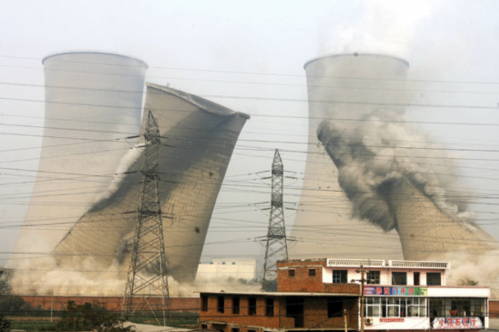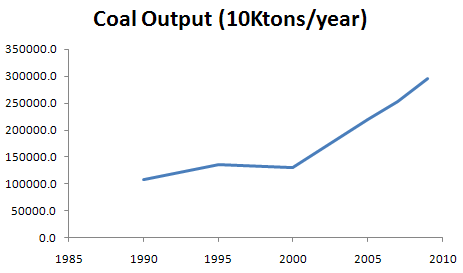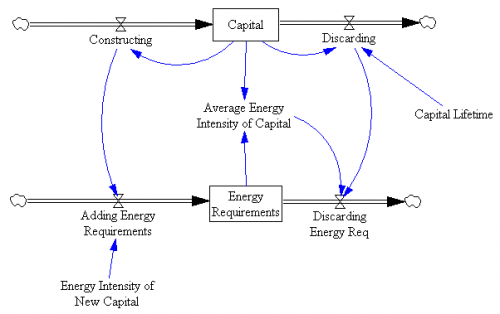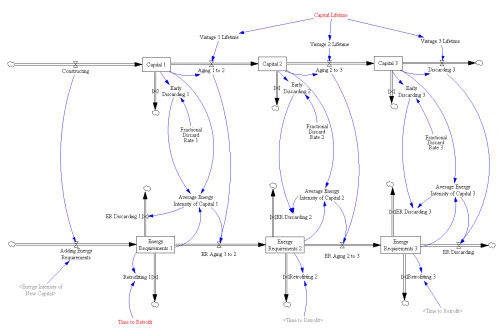Old joke: How do you make a small fortune breeding horses? Start with a large fortune ….
It appears that the same logic applies to coal mining here in the Northern Rockies.
With US coal use in slight decline, exports are the growth market. Metallurgical and steam coal currently export for about $140 and $80 per short ton, respectively. But the public will see almost none of that, because unmanaged quantity and “competitive” auctions that are uncompetitive (just like Montana trust land oil & gas), plus low royalty, rent and bonus rates, result in a tiny slice of revenue accruing to the people (via federal and state governments) who actually own the resource.
For the Powder River Basin, here’s how it pencils out in rough terms:
| Item | $/ton |
| Minemouth price | $10 |
| Royalty, rents & bonus | $2 |
| Social Cost of Carbon (@ $21/tonCo2 medium value) | -$55 |
| US domestic SCC (at 15% of global, average of 7% damage share and 23% GDP share) | -$8 |
| Net US public benefit | < -$6 |
In other words, the US public loses at least $3 for every $1 of coal revenue earned. The reality is probably worse, because the social cost of carbon estimate is extremely conservative, and other coal externalities are omitted. And of course the global harm is much greater than the US’ narrow interest.
Even if you think of coal mining as a jobs program, at Wyoming productivity, the climate subsidy alone is almost half a million dollars per worker.
This makes it hard to get enthusiastic about the planned expansion of exports.




